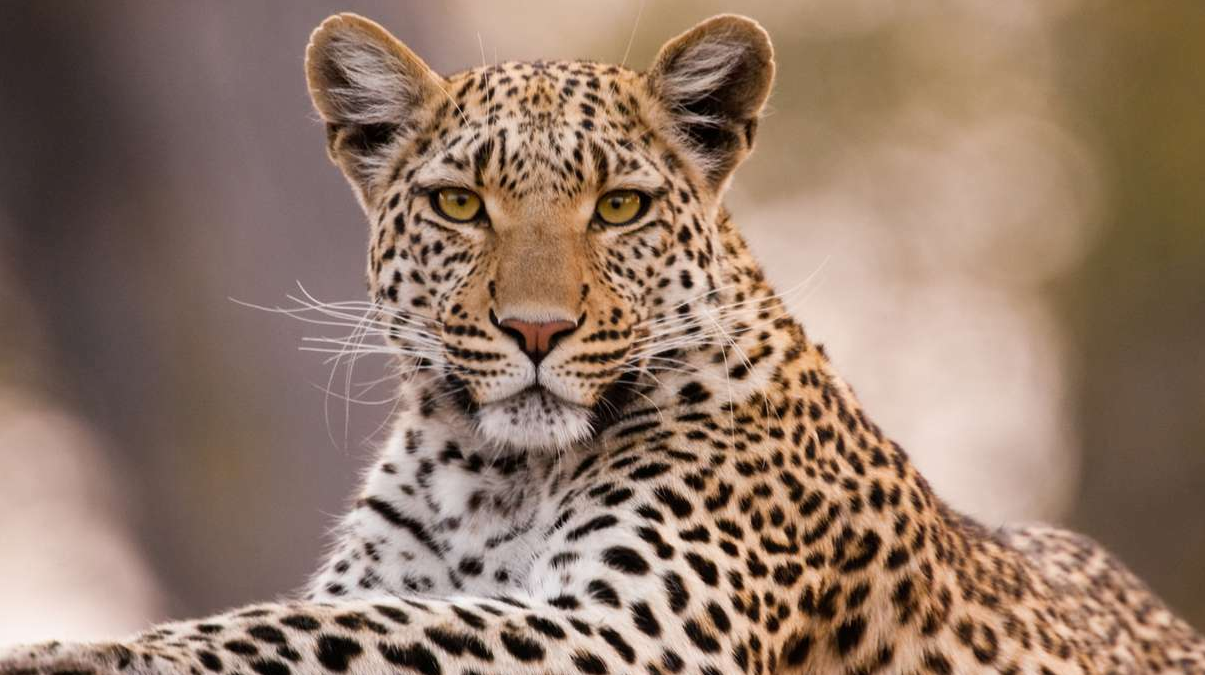Now Reading: Arabian Leopards: Secrets of the Desert’s Vanishing Cats 2025
-
01
Arabian Leopards: Secrets of the Desert’s Vanishing Cats 2025
Arabian Leopards: Secrets of the Desert’s Vanishing Cats 2025

Table of Contents
In the rocky mountains of Arabia, a rare and powerful animal is silently fighting for its place on Earth. The Arabian leopard, the only big cat native to the Arabian Peninsula, is one of the world’s most endangered animals. Once roaming freely across Saudi Arabia, Oman, Yemen, and the UAE, this majestic predator now faces a serious risk of extinction. Conservationists, governments, and local communities are working together to protect the last remaining Arabian leopards before they vanish forever.
A Silent Hunter in Danger

The Arabian leopard (Panthera pardus nimr) is smaller than its African cousin, but no less impressive. It is adapted to the harsh climate of Arabia, with a pale yellowish coat dotted with black rosettes to blend in with rocky landscapes. Agile and stealthy, the Arabian leopard hunts mountain goats, gazelles, and sometimes birds.
In the past, these leopards were widespread. They played a key role in maintaining the balance of desert ecosystems by controlling the numbers of prey animals. Sadly, due to hunting, habitat destruction, and loss of food sources, their numbers have dropped dramatically.
Experts estimate that fewer than 200 Arabian leopards are left in the wild today, and their populations are still shrinking. In many places, no sightings have been recorded for decades.
Why Are Arabian Leopards Disappearing?
Several reasons have led to the Arabian leopard’s decline. First, humans have hunted them for their beautiful fur and to protect livestock. Overhunting of their prey, like gazelles, means there is less food for leopards, forcing them to hunt goats and sheep, which leads to more conflicts with farmers.
Second, rapid development and urban expansion in Gulf countries have destroyed much of the leopard’s natural habitat. Roads, cities, and industrial zones cut through the mountains and deserts where these cats once roamed freely.
Climate change is also making things worse. Hotter temperatures and long droughts are changing the Arabian environment and making it even harder for leopards to survive.
Conservation Efforts Bring Hope
Although the situation is critical, many people are trying to save the Arabian leopard. Saudi Arabia has launched an ambitious conservation program, supported by the Royal Commission for AlUla. The country has built a breeding center dedicated to increasing the leopard’s numbers, with hopes to eventually reintroduce them into protected areas.
Oman has also taken steps to protect the last wild populations of Arabian leopards in the Dhofar mountains. The government has set up wildlife reserves and is monitoring leopard movements using camera traps and GPS collars.
Local communities are being involved, too. Farmers are being educated about how to protect their herds without harming leopards. Awareness programs are teaching people to respect these big cats and see them as part of their heritage instead of as threats.
Arabian Leopard Breeding Programs
Breeding programs are key to saving the Arabian leopard. At centers in Saudi Arabia and Oman, scientists are carefully breeding healthy leopard pairs. The cubs born in these programs are closely monitored to make sure they are strong and genetically diverse.
The plan is to release these captive-bred leopards back into the wild once their natural habitats are safe and prey animals return in enough numbers. It is a slow, difficult process, but experts believe it is the only way to ensure the Arabian leopard survives.
A Symbol of Natural Heritage
For many people across the Arabian Peninsula, the Arabian leopard is more than just a wild animal — it is a symbol of strength, courage, and survival. Bedouin tribes have respected these big cats for centuries, admiring their skill and independence.
Leopards even appear in old stories and poetry across Arabia. Saving them is not just about nature but also about protecting cultural heritage for future generations.
The Road Ahead

Time is running out for the Arabian leopard. With so few left, every single animal is precious. Conservationists are urging governments and communities to act fast. Protecting the leopard’s remaining habitat, stopping illegal hunting, and raising awareness are critical steps.
There is hope. The growing interest in wildlife tourism and nature conservation is helping to shine a light on the Arabian leopard’s struggle. By sharing stories of these rare cats, people around the world can learn to value and protect them.
How You Can Help
Even if you do not live in Arabia, you can help the Arabian leopard. You can donate to wildlife organizations working in the region, support eco-friendly tourism, and share information on social media to spread awareness. Every effort counts when it comes to protecting an animal on the edge of extinction.
If the Arabian leopard disappears, the deserts and mountains of Arabia will lose an important part of their natural balance. Saving these cats is a fight not only for their future but for the future of the entire desert ecosystem.
Read More:- Deyaar’s Latest Announcement Shakes Up the UAE Property Market





















